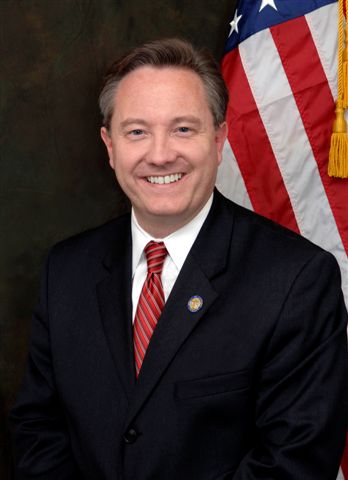Harvey Wasserman wrote for The Free Press 13 May 2007, How creative mass non-violence beat a nuke and launched the global green power movement,
Thirty years ago this month, in the small seacoast town of Seabrook, New Hampshire, a force of mass non-violent green advocacy collidedHow effective?with the nuke establishment.
A definitive victory over corporate power was won. And the global grassroots “No Nukes” movement emerged as one of the most important and effective in human history.
It still writes the bottom line on atomic energy and global warming. All today’s green energy battles can be dated to May, 13, 1977, when 550 Clamshell Alliance protestors walked victoriously free after thirteen days of media-saturated imprisonment. Not a single US reactor ordered since that day has been completed.
Richard Nixon had pledged to build 1000 nukes in the US by the year 2000. But the industry peaked at less than 120. Today, just over a hundred operate. No US reactor ordered since 1974 has been completed. The Seabrook demonstrations—which extended to civil disobedience actions on Wall Street—were key to keeping nearly 880 US reactors unbuilt.The only new nukes ordered since then are the ones Georgia Power wants to build at Plant Vogtle on the Savannah River, for which Georgia Power customers are already getting billed Construction Work in Progress (CWIP).
Thirty years later, some things haven’t changed: Continue reading






